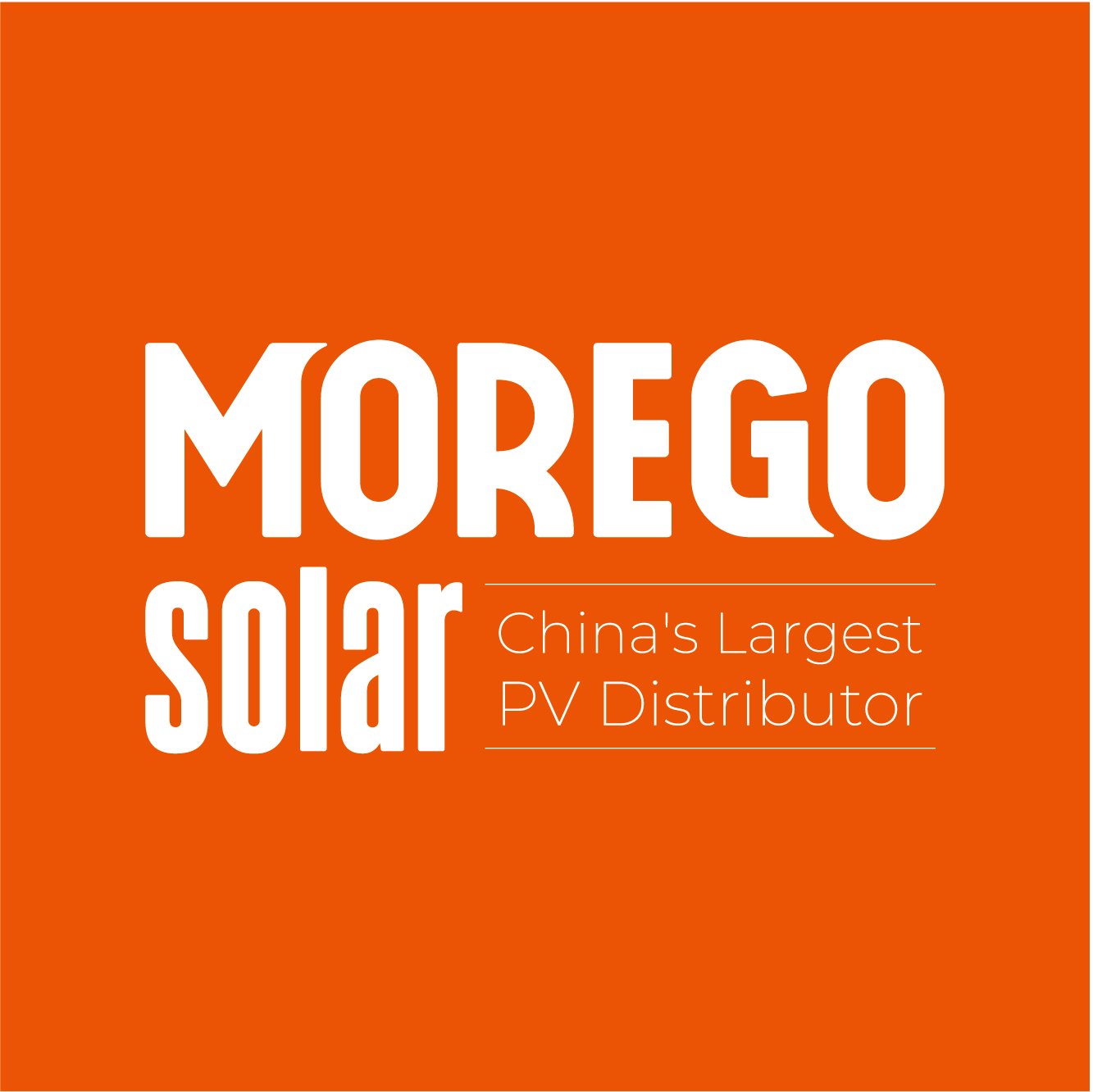Living in the Northern Hemisphere, we've always assumed that solar power stations should be oriented southward because this direction yields the maximum electricity generation, hence assumed to provide the highest revenue. However, considering the Power Purchase Agreement (PPA) with time-of-use pricing policies, the correlation between peak/off-peak periods and the amount of electricity generated by solar stations isn't always consistent.
As ground-mounted and distributed solar energy projects increasingly adopt PPA electricity trading models, the traditional approach of designing stations facing south may no longer yield the highest profits. By aligning solar panel angles according to local time-of-use electricity pricing policies, we can alter the "duck curve" to maximize station revenue!
Traditional Solar Panel Tilt Design Approach
In traditional solar system designs, the tilt angle of solar panels is typically optimized for maximum electricity generation facing southward, aligned with the latitude of the project location. This approach achieves maximum electricity generation and typically exhibits two characteristics:
1. Within a day, the peak generation occurs around noon.
The following graph depicts the typical output curve of solar panels at the optimal south-facing tilt angle, forming a "positive parabolic shape".

Image: Typical Solar Power Output Curve
Adjusting the "azimuth angle" of solar panels yields significant changes in output at different times:
Facing east boosts morning generation.
Facing west increases evening generation.

Image: Simulation Curves of Solar Power System Output Throughout the Day for Different Mounting Methods
Taking the example of a horizontal single-axis tracking system, the morning and evening electricity generation is significantly higher compared to fixed installations due to the eastward and westward orientation angles. However, since the tilt angle is 0, the noon electricity generation is lower than that of fixed installations.
2. Throughout the year, spring and autumn yield the highest generation.
The following graph illustrates the output variations of a solar energy system in a specific location in Inner Mongolia, China, with different tilt angle designs for the solar panels.

Image: Simulation of Solar System Output Curves for 12 Months with Different Design Tilt Angles
When the tilt angle of the solar energy system is set to 41°, the maximum electricity generation occurs throughout the year, with peak output in spring (March, April, May) and autumn (September, October, November).
Adjusting the "tilt angle" of the solar panels to 70 degrees expands the angle, resulting in maximum electricity generation during winter (December, January, February). Conversely, setting the tilt angle to 0 degrees maximizes electricity generation in summer (May, June, July).
Traditional Design Impact on Electricity Pricing
As solar energy penetration rates rise globally, many areas experience a pronounced "duck curve" in electricity trading prices due to concentrated solar output.
For example, California's "duck curve" from 2015 to 2022 shows decreasing prices and lengthening periods of low-priced electricity as solar penetration increases.

The following graph illustrates the spot trading prices in Shandong, China, in 2022, showing an"inverted parabolic shape".

Analysis and Recommendations
Through the preceding analysis, we observe:
Traditional solar energy system designs concentrate solar output around noon and during spring and autumn. Consequently, under market-based trading conditions (PPA), as solar penetration increases, midday electricity supply significantly rises, leading to decreasing trading prices! Similarly, the duration of off-peak periods in spring and autumn extends.
By adjusting the "azimuth angle" and "tilt angle" of solar panels, we can effectively alter the output curve of solar energy systems. Therefore, adopting new design approaches in future solar projects can significantly mitigate the increasingly prominent "duck curve" phenomenon in grid electricity pricing.
The following measures can be implemented:
1.Adjusting the "azimuth angle" of solar panels to a certain westward orientation:
Given that the main demand peaks occur in the evening, favoring a westward orientation is recommended. Although total electricity generation may decrease by about 20%, peak electricity prices are 3-4 times higher than off-peak prices! Thus, even with reduced generation, the sum of ∑∑(price * generation) can still significantly increase.
Taking Shandong, China as an example, the impact of azimuth angles on electricity generation is as follows:

2. Lowering the "tilt angle" of solar panels to around 15° for fixed installations:
For most regions, electricity prices tend to be higher in summer due to heating demands. Lowering the tilt angle significantly increases summer electricity generation while reducing spring and autumn generation.
Although total electricity generation decreases, since midday electricity prices are primarily flat in summer, the sum of ∑(price*generation) can still significantly increase.
Moreover, considering factors like cleaning and dust accumulation, a tilt angle of 15° is more practical than 0°.
3.Implementing "horizontal single-axis tracking systems":
Horizontal single-axis tracking systems perfectly align with the aforementioned characteristics. With a tilt angle of 0°, they enhance summer electricity generation. Furthermore, they have distinct azimuth angles in the morning and evening, boosting generation during these periods. Thus, under existing electricity pricing systems, adopting horizontal single-axis tracking systems significantly increases electricity generation during periods of high-priced electricity, thereby enhancing the sum of ∑(price*generation).
Moreover, compared to fixed installations, the cost of horizontal single-axis tracking systems does not significantly increase. They not only enhance total electricity generation but also increase generation during periods of high-priced electricity!
Disclaimer: The information, including but not limited to text, images, and audiovisual content, provided on this website is sourced from the internet and is intended for educational and informational purposes only. It does not constitute any investment advice. If there is any infringement, please contact us promptly, and we will remove it immediately.

